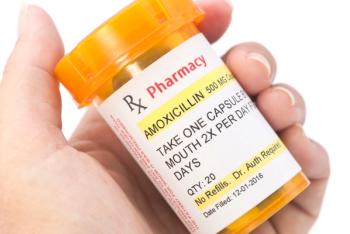
FDA's Evans Reviews Causes of Warnings and Recalls
FDA's Evans Reviews Causes of Warnings and Recalls
In the Oct. 25 keynote address of the Institute of Validation Technology's
While warning that some of the results are preliminary and may besubject to some refinement, Evans did highlight several trends:
Warning Letters and GMP Citations.The analysis of Warning Letters and GMP citations (see Table I),shortcomings in the performance of the quality control unit (21 CFR 211.22) and in testing and release for distribution (21 CFR211.165) jumped up in frequency to share first place among categoriesfor cited deficiencies. On the other hand, two previously leadingcauses of citations dropped out of the top ten altogether in 2005:lapses in production record review and failure investigations (21 CFR211.192), historically the second- or third-ranking citation, hasdropped to number 17 on the list. And poor personnel qualification (21CFR 211.25), has dropped to about number 20.
Recalls. The analysisof 354 product recalls in fiscal year 2005 (see Tables III and IV) showed thatCGMP deviations are increasingly the most common cause of productrecalls. Though CGMP deviations have historically been the primaryreason for recalls, accounting for 14.5% of the 3619 recalls from 1987through 2004, they caused 40.7% of the recalls in 2005. Thesecond-ranking cause of product recalls is failure of USP dissolutiontests, accounting for 12.9% of historical recalls and 15.5% of recallsin 2005. Evans noted the current discussion of the USP dissolution testitself, and referred to the Agency's scientific advisory board meetingon the topic this week.
Newsletter
Get the essential updates shaping the future of pharma manufacturing and compliance—subscribe today to Pharmaceutical Technology and never miss a breakthrough.





